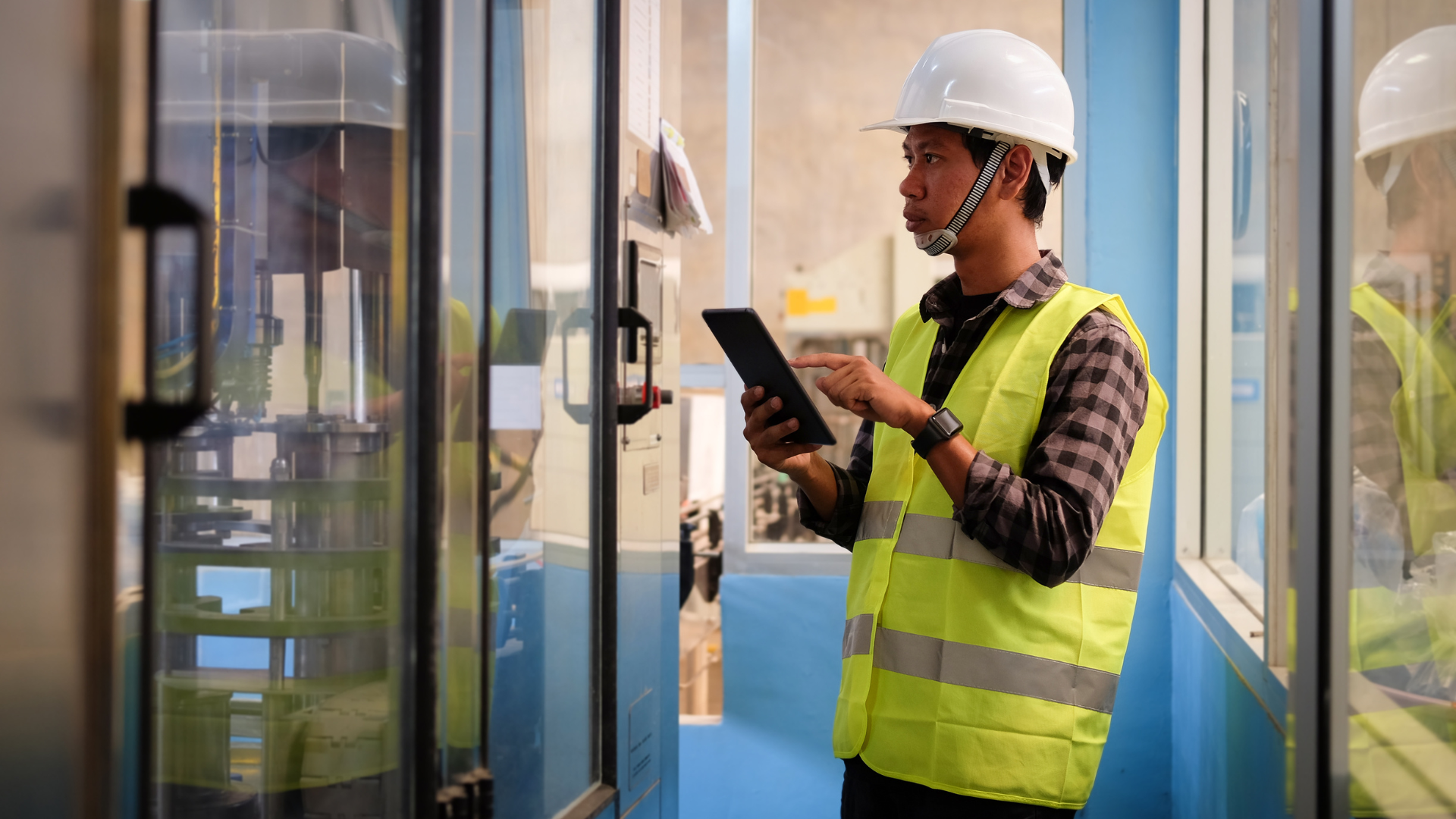Complete Guide: Integrating Monitoring Systems into Industrial Infrastructure

The integration of smart monitoring systems into industrial infrastructure should never be a source of friction. Yet many companies still hesitate to modernize, fearing technical complexity, incompatibility with legacy systems, or production interruptions. However, the need for automation is only growing — especially as skilled labor becomes increasingly scarce.
This article walks you through the key steps for a smooth, secure, and future-proof integration, with a focus on common protocols, recommended tools, and field-tested best practices.
Unblock What’s Holding Back Your Automation
Talk to a BioAlert expert to identify obstacles and develop a clear, actionable integration plan.
Preparing for Integration: Start Upstream
A successful integration begins with a clear understanding of your current tech environment. This involves:
- Auditing existing equipment (SCADA, PLCs, passive sensors, etc.)
- Identifying critical data collection points
- Mapping existing communication protocols
- Validating available connection points (ports, IP addresses, bandwidth, etc.)
This preparation helps you select the right tools and avoid costly last-minute adjustments during installation.
Communication Protocols to Know
In industrial environments, connectivity depends largely on standardized protocols. The most common include:
- Modbus TCP/IP: simple, effective, and widely compatible with PLCs
- BACnet: often used in building management systems (HVAC, energy)
- OPC UA: robust, secure, and adaptable for complex environments
- MQTT: lightweight and reliable for IoT-based architectures
It’s essential to ensure your monitoring system supports the protocols already used on site — or that a software/hardware converter is available.
Network Architecture: Clarity Prevents Conflict
Your monitoring system should extend naturally from your existing industrial network architecture. Best practices include:
- Using a dedicated VLAN to isolate monitoring traffic
- Prioritizing wired connections for critical data points
- Securing data flows with firewalls and network segmentation
- Implementing centralized time synchronization (NTP) for accurate timestamps
A well-documented network diagram — with IP addresses, port usage, and data flows — quickly becomes a go-to reference for both IT and maintenance teams.
Key Steps for a Smooth Integration
- Audit current systems
- Choose compatible protocols and required devices
- Plan wired or wireless connectivity
- Configure communication points
- Supervise system commissioning
- Validate functionality and security
- Train teams on new interfaces
A successful integration fades into the background — the system runs autonomously with minimal manual intervention.
Managing Long-Term Interoperability
A common challenge in industry is the coexistence of equipment from different generations. New monitoring systems must integrate without requiring a full infrastructure overhaul.
BioAlert makes water treatment automation easier by integrating with existing Building Management Systems (BMS). Its configurable communication modules support both modern and legacy infrastructure via Modbus Serial or Ethernet, ensuring gradual modernization without disrupting operations.
A Successful Integration Is Also a Human Project
Technical performance is key — but so is human adoption. Integration success depends on involving the right people:
- Maintenance teams need clear access to actionable data
- IT departments must validate security and compatibility
- Managers need reliable performance reports
- Operators should feel empowered, not replaced
Planning with these needs in mind ensures smoother onboarding and longer-lasting results.
Ready to Connect Your Facility?
Smart integration isn’t about complex tech — it’s about seamless fit. By choosing open protocols, clear architectures, and properly configured tools, you prepare your facility for smarter, more reliable, and more useful monitoring.
Identify the best integration points for a simple, stable, and scalable deployment.



